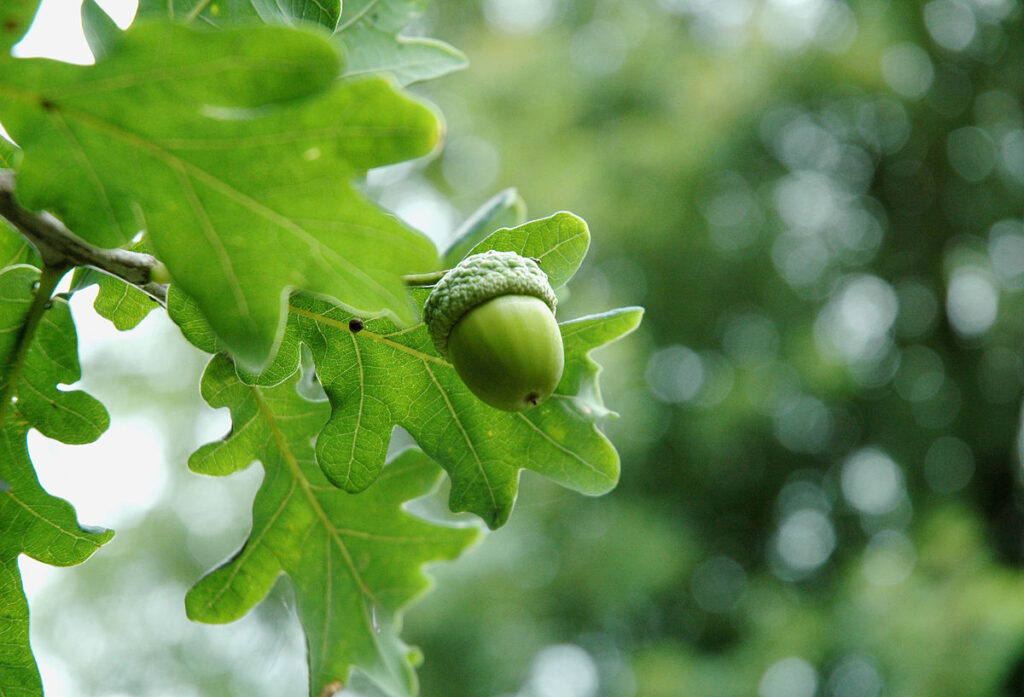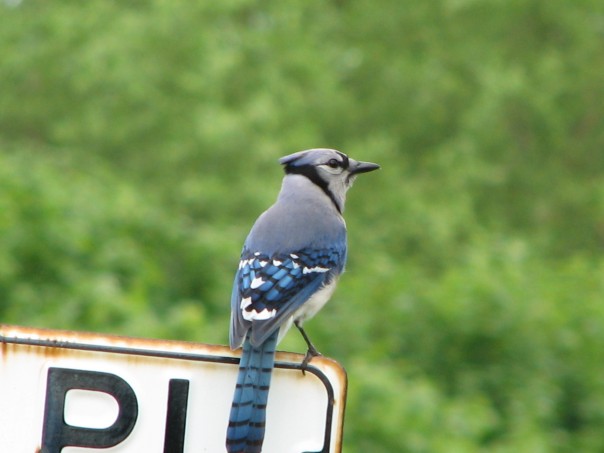Have you ever heard of a “mast year”? Maybe you haven’t heard the word, but you’ve probably noticed one in the past when it happened. Every few years, nut-bearing trees like oaks and beeches produce a huge bumper crop of seeds. If you have an oak tree growing near your home, you may have noticed that in some years the ground is practically carpeted with acorns, whereas in other years, you may see very few nuts at all. Why do trees undergo such an unpredictable burst of reproductive effort? Scientists still aren’t entirely sure, but there are theories.

The most popular theory to explain masting is the “predator satiation” theory. Nuts are a very rich food, full of protein, fat, and other nutrients meant to nourish a growing tree during the crucial first weeks of its development. Almost every animal in the northern forest will eat nuts when they can find them – deer, turkeys, blue jays, bears, and (of course) squirrels all love acorns and beechnuts.

If an oak tree wants to reproduce successfully, it needs some of these nuts to not get eaten. Hard shells and bitter tannins are two of the defenses that the trees use to protect their nuts, but masting is perhaps the most cunning. Mast years (the term originates from an Old English word mæst, which traditionally referred to the fallen nuts of the forest) occur anywhere from every 2 to 10 years. When seed crops are low, animals that depend on seeds for food have a hard time surviving the winter and don’t have a lot of babies, which keeps their population low. Then, when a surprise mast year comes along, the trees can out-produce the reduced population’s appetite, allowing many more seeds to survive and germinate. Seed predators may reproduce greatly with all the extra food, but the following year will bring a lean nut crop, thus bringing the population back into balance.
Of course, mast years only work if all the trees in a region mast at the same time. Otherwise, during lean years, seed predators would simply wander over to a different tree that is having a mast year. Somehow, trees do manage to all mast together, sometimes across regions as large as several states, a Canadian province, or a small country. How do they do this? We still don’t know! Part of it may be driven by weather; masting generally only occurs in wind-pollinated trees, so a breezy and temperate spring when flowers are blooming likely improves the acorn crop. The trees may also be communicating somehow through fungal root networks called mycorrhizae, which connect different trees’ roots with each other. Have you noticed a mast year recently near you? Tell us about it in the comments!
